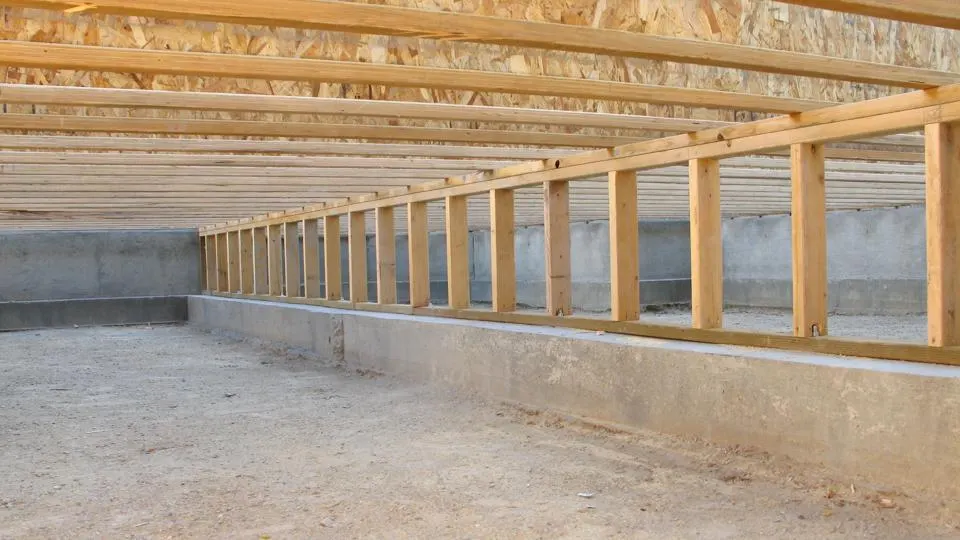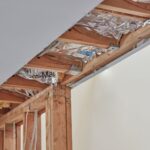Advantages of crawl space construction in California
In California, a crawl space refers to an enclosed area beneath a building, typically a house,
which is designed to elevate the living space above the ground level. The crawl space is
usually around two to three feet in height, allowing limited access for maintenance and
repairs. It is not meant for human occupancy but serves several important functions in
residential construction. Crawl spaces are prevalent in many areas of California and are
especially common in regions with a Mediterranean climate, including coastal and inland
areas.
Here are some advantages of building houses on crawl spaces:
- Protection from Moisture: Elevating the house on a crawl space helps protect it
from moisture, especially in areas prone to flooding or heavy rainfall. The crawl
space allows for proper ventilation, reducing the risk of moisture-related issues like
mold and mildew. - Accessibility for Repairs: Crawl spaces provide easy access to plumbing, electrical,
and HVAC systems, making maintenance and repairs more straightforward and cost-
effective. Service professionals can access these utilities without the need for
extensive digging or demolition. - Termite and Pest Control: Elevating the house on a crawl space can act as a
deterrent to termites and certain pests that may find it more challenging to access
the structure. - Energy Efficiency: Properly insulated crawl spaces can contribute to better energy
efficiency in the house. The insulation helps regulate indoor temperatures and
reduces heat loss during colder months. - Flood Resistance: In areas prone to occasional flooding, crawl spaces can serve as a
buffer between the foundation and floodwaters, reducing the potential for water
damage to the main living areas. - Slope Adaptation: Building on a crawl space allows for easier adaptation to sloping
or uneven terrains, providing flexibility in the construction process. - Cost-Effectiveness: Compared to building on a full basement, constructing a house
on a crawl space can be more cost-effective, as it requires less excavation and
material. - Construction Speed: Building on a crawl space typically requires less time than
constructing a full basement or slab-on-grade foundation, allowing for a faster
overall construction process. - Foundation Stability: Elevating the house on a crawl space can enhance the stability
of the foundation, especially in areas with expansive or shifting soils. - Code Compliance: In some regions, local building codes or zoning regulations may
Favor or require the use of crawl spaces in certain construction scenarios.
While crawl spaces offer various benefits, it’s essential to address potential challenges
associated with them, such as proper ventilation, insulation, and moisture control.
Professional design and construction practices are crucial to ensure that crawl spaces are
well-built and effectively serve their intended purposes. It is advisable to consult with a
qualified architect or structural engineer when considering the use of a crawl space for a
new house construction in California.
Disclaimer: This content is provided solely for your review. Erusu Consultants takes no liability for this article. The reader is advised to form their own opinion. Please consult a Structural Engineer before making any final decisions.






